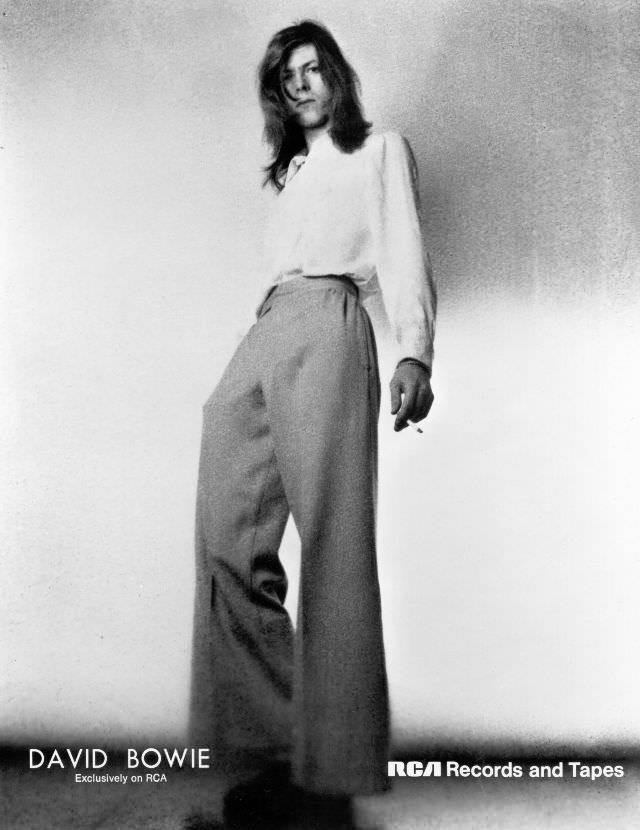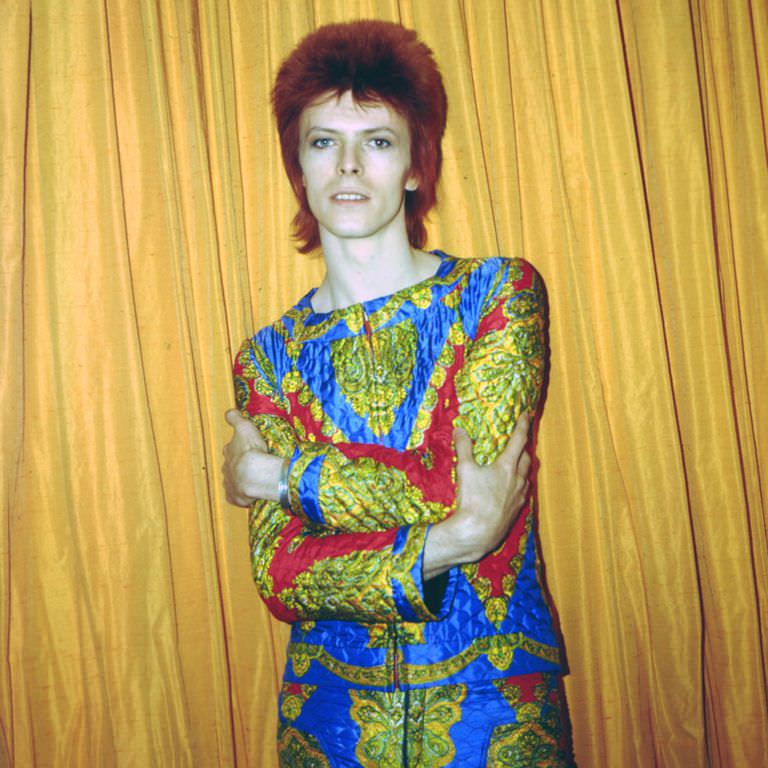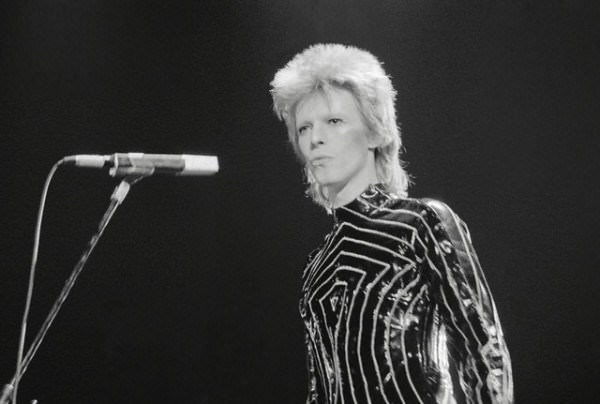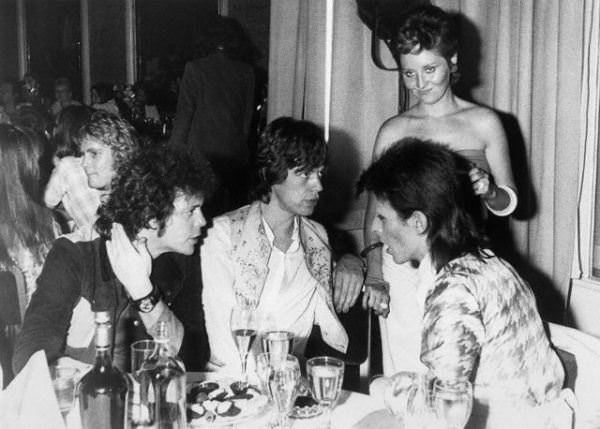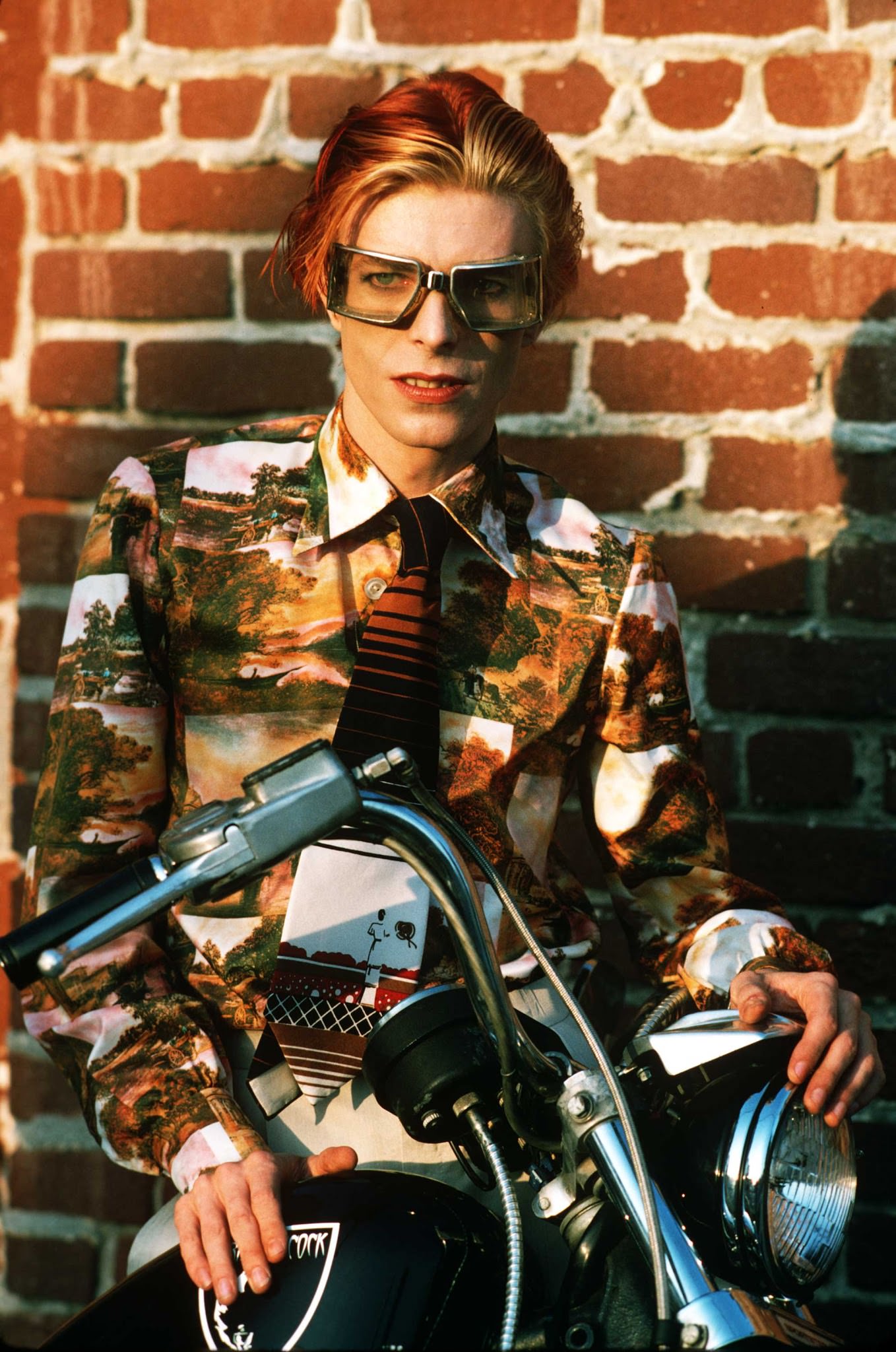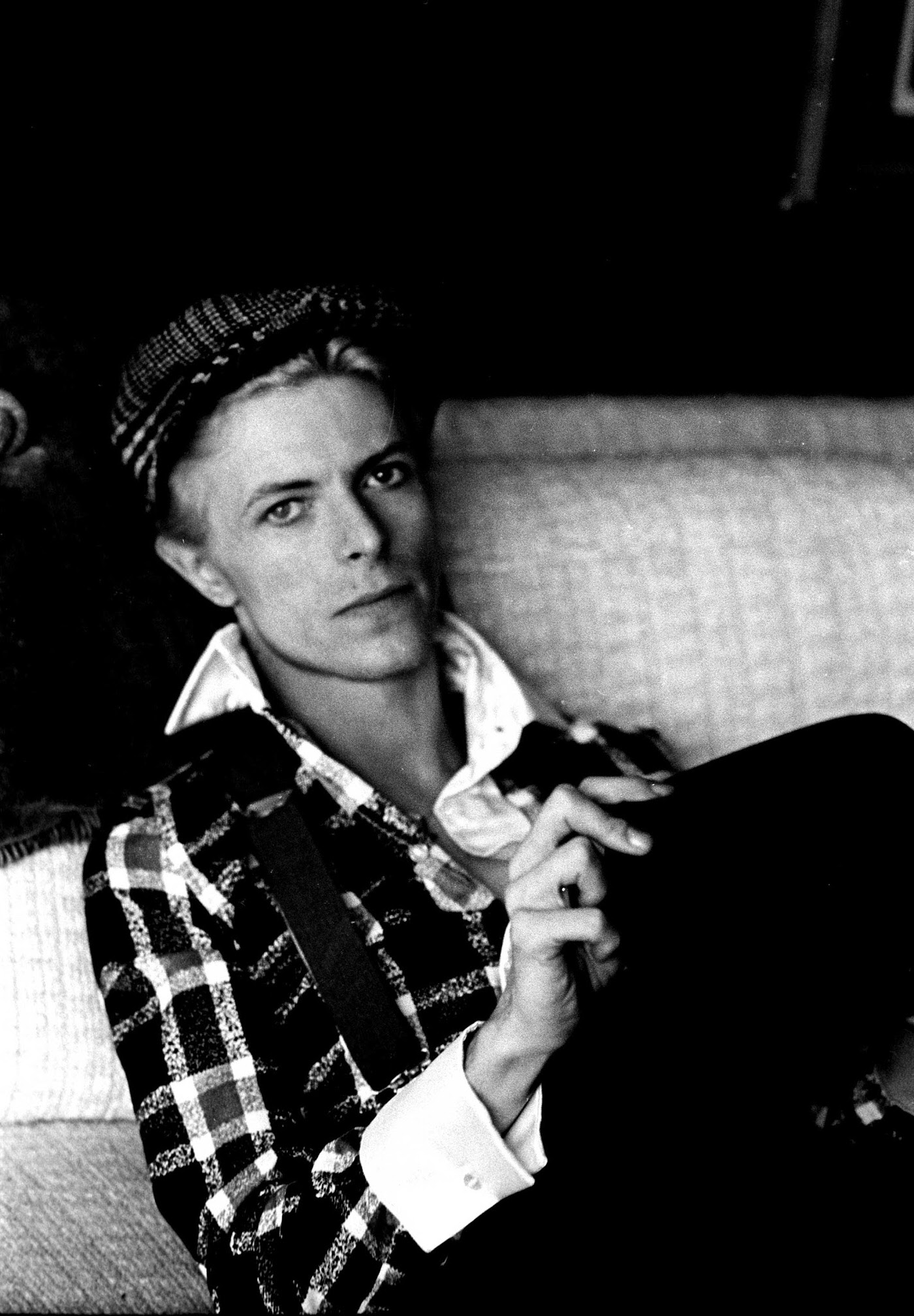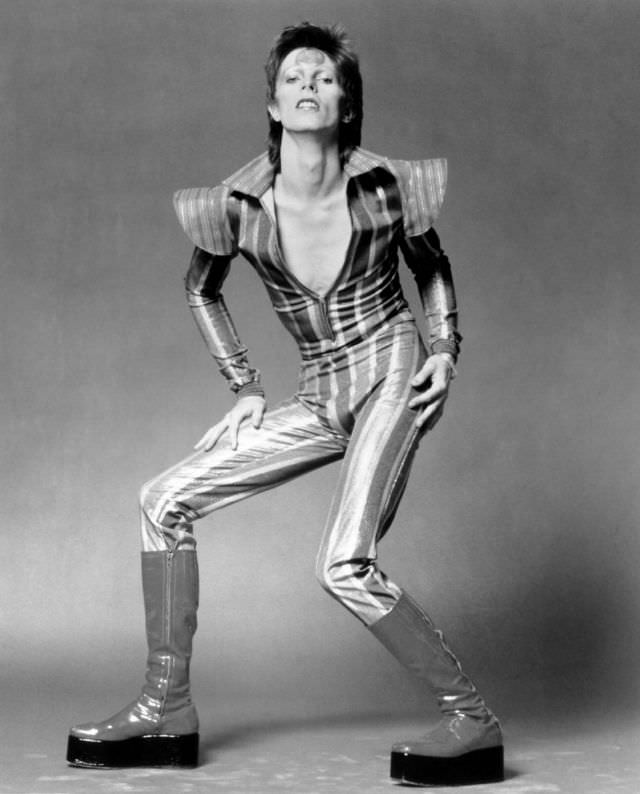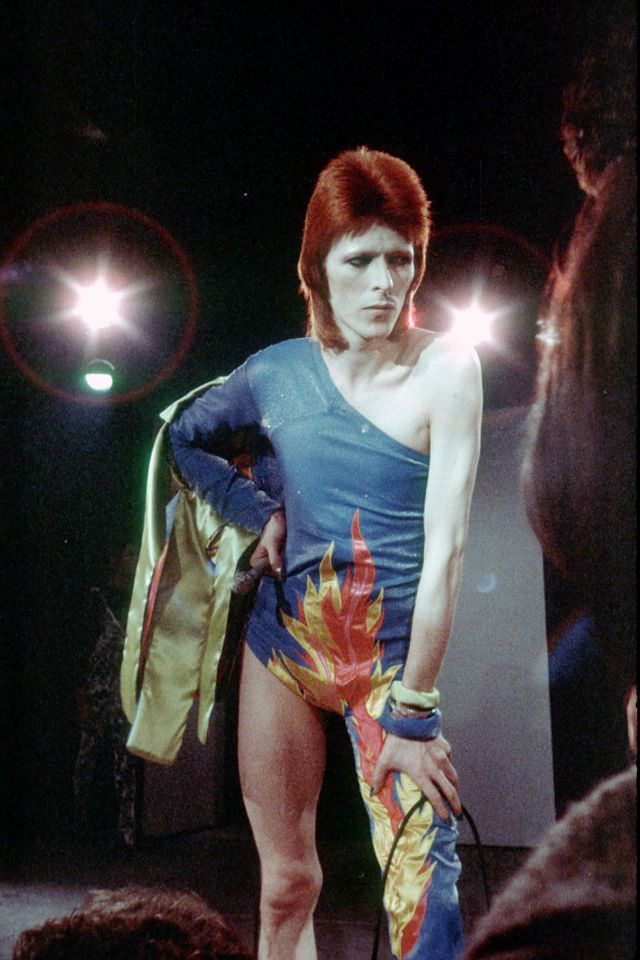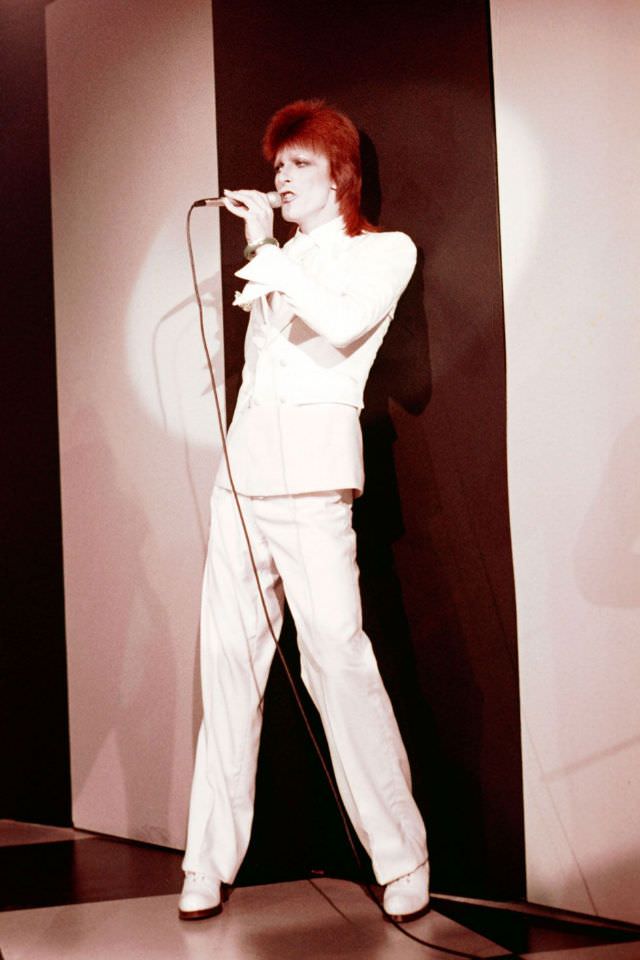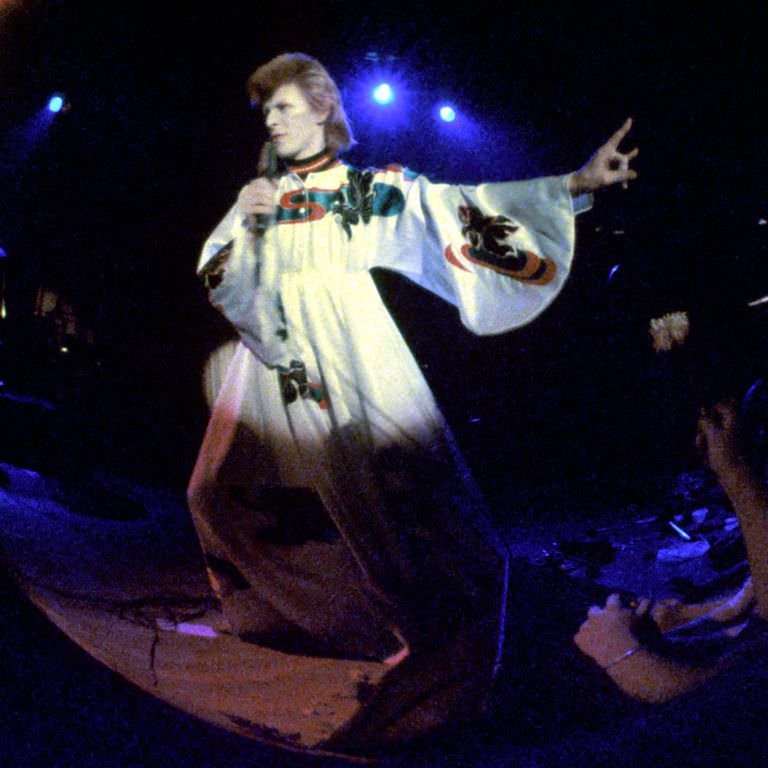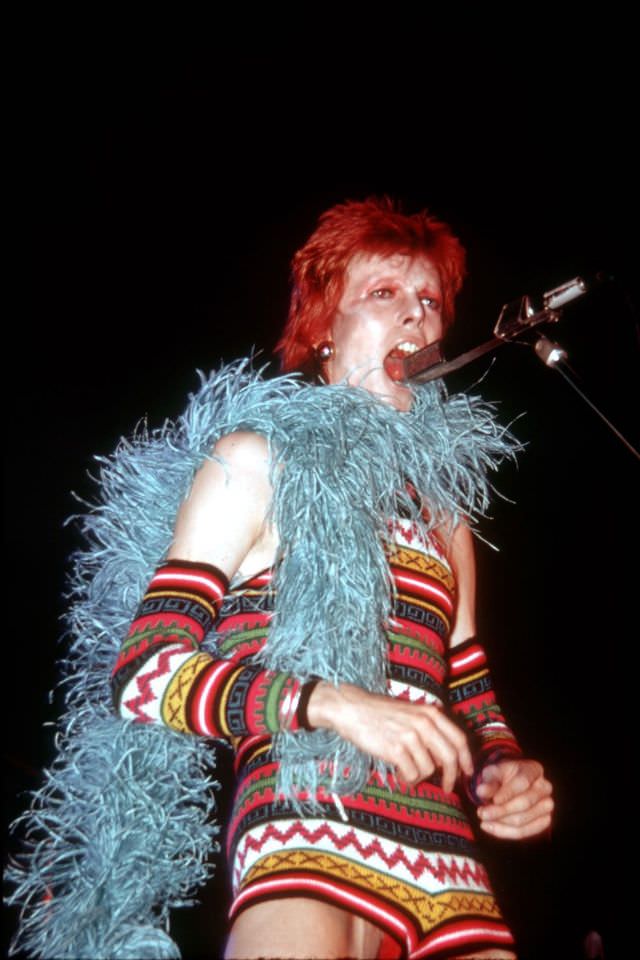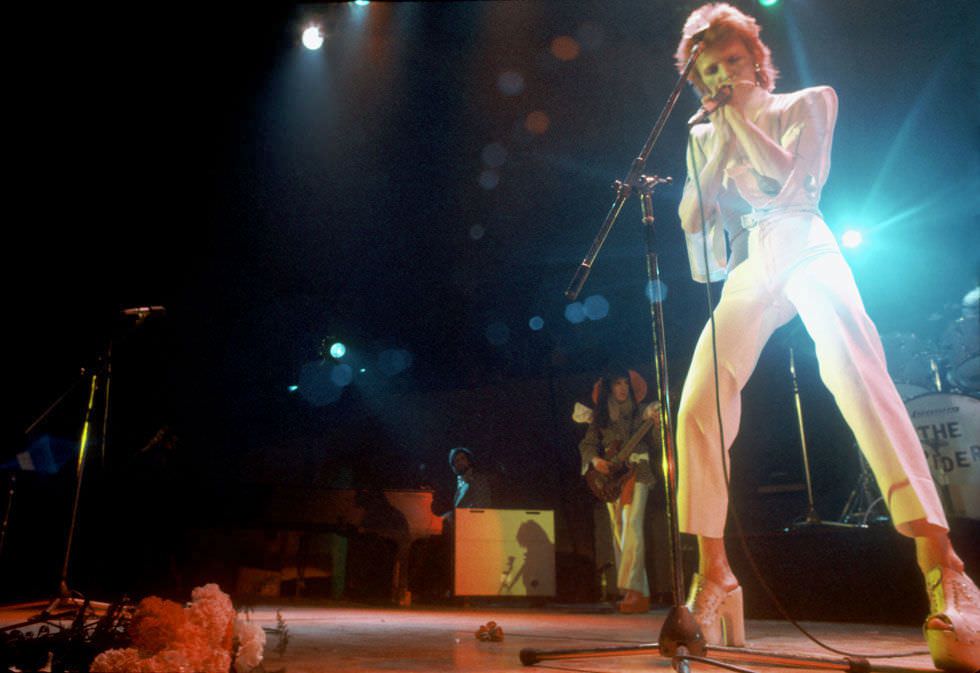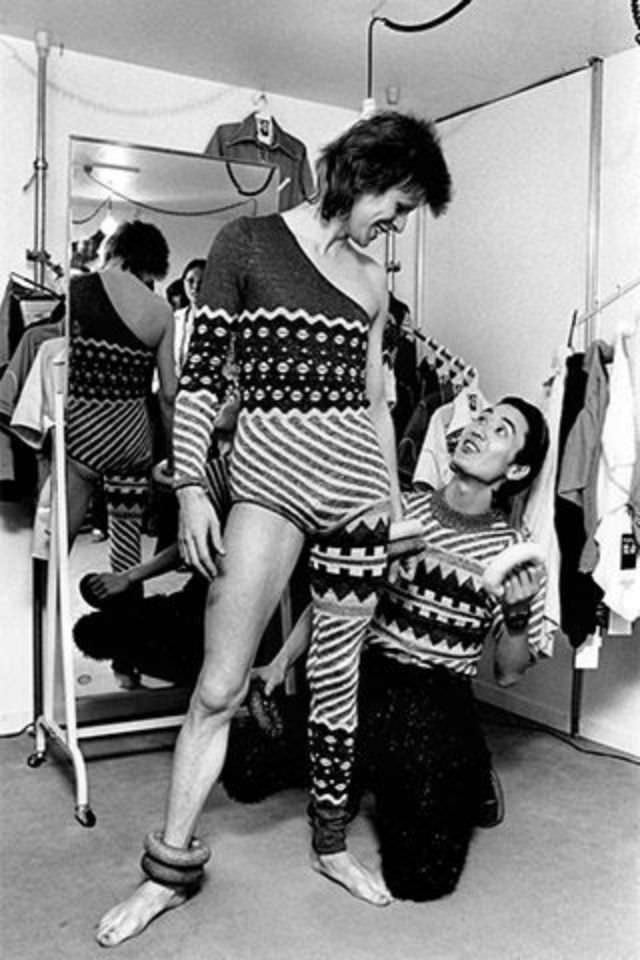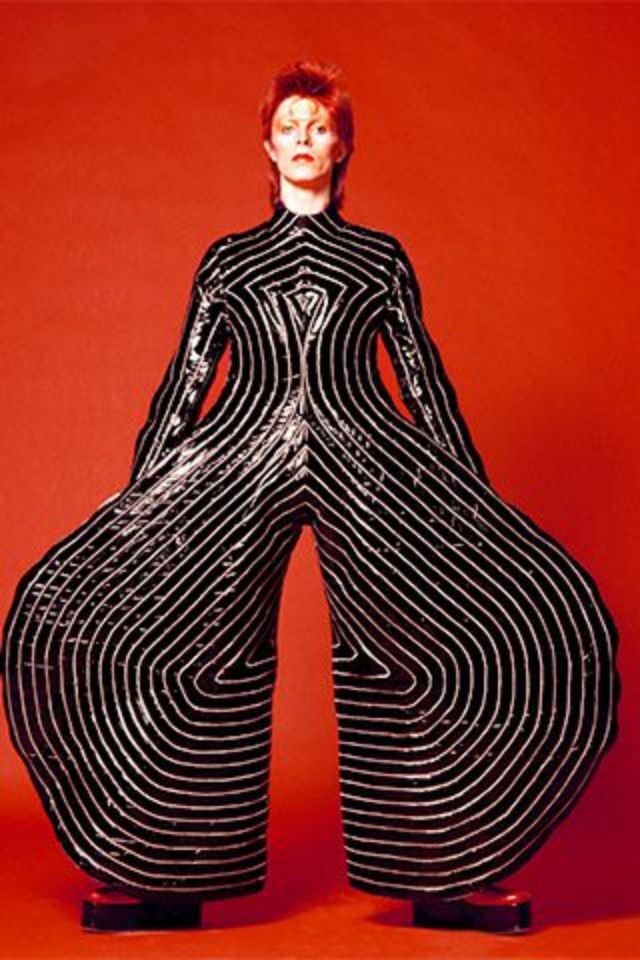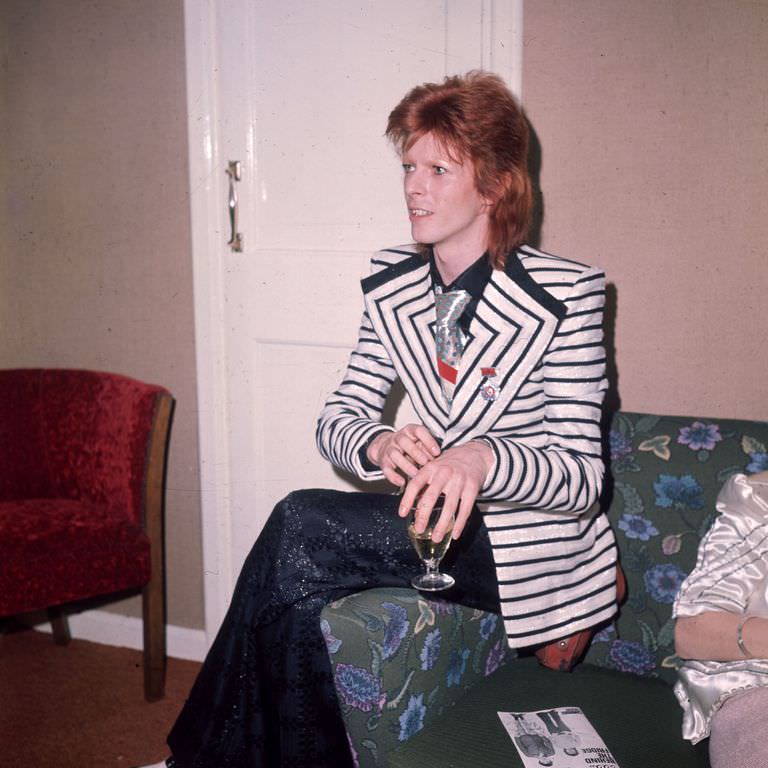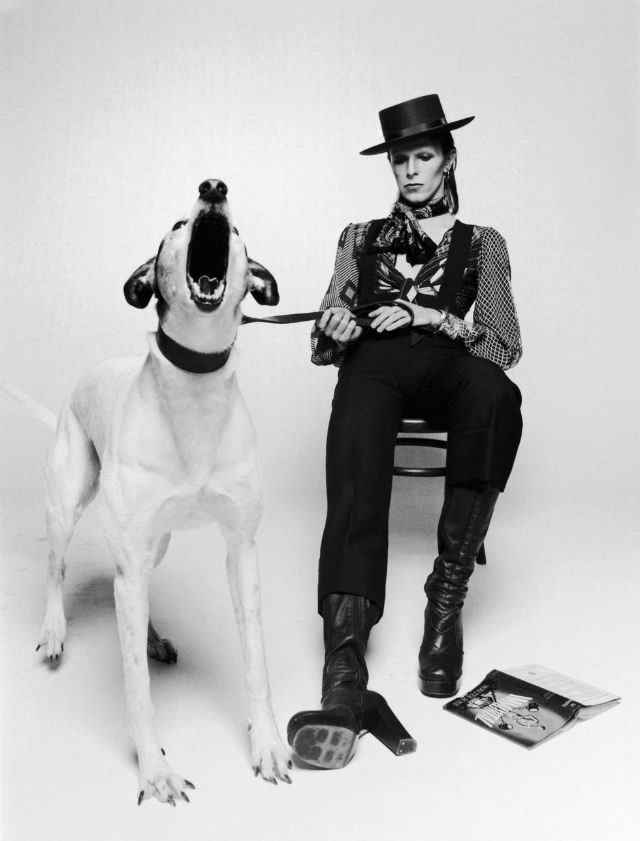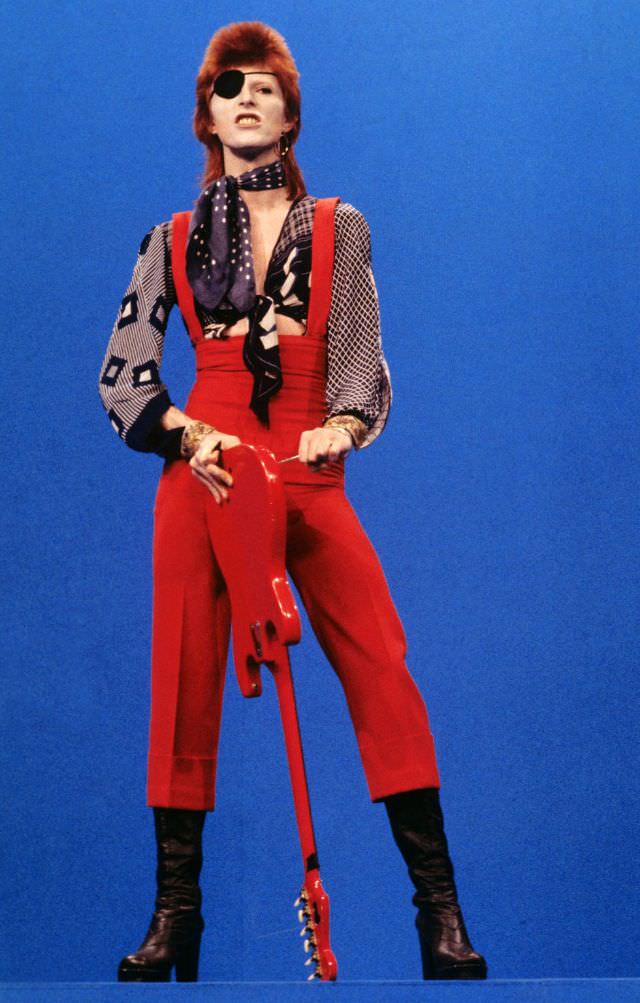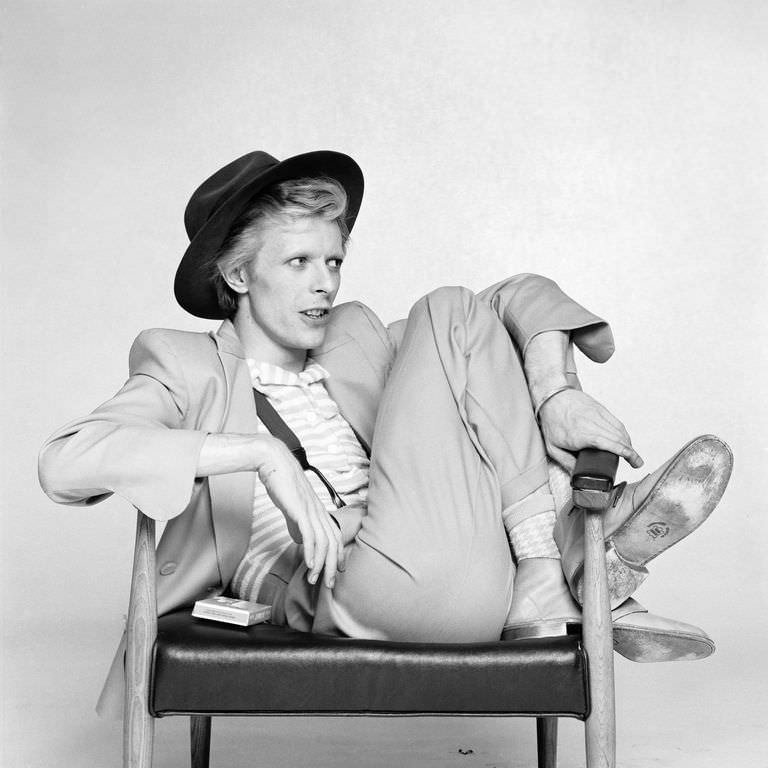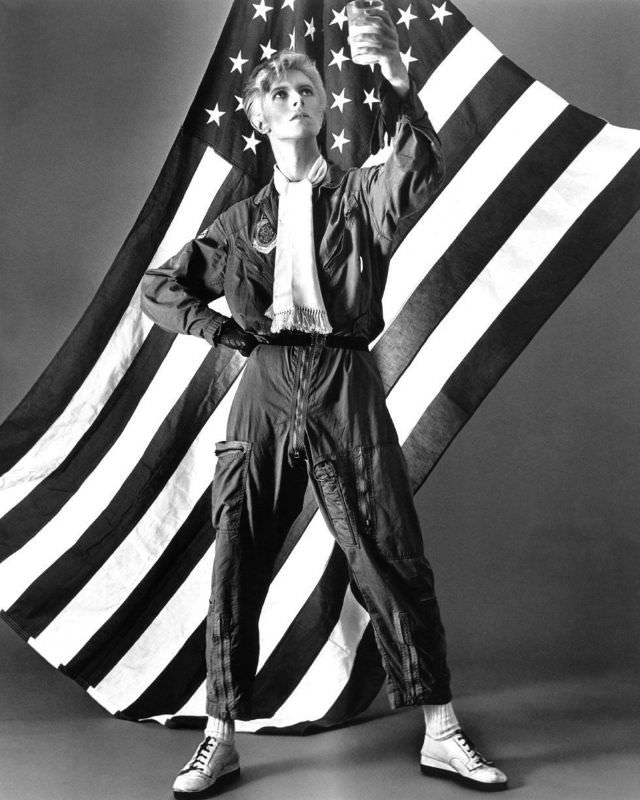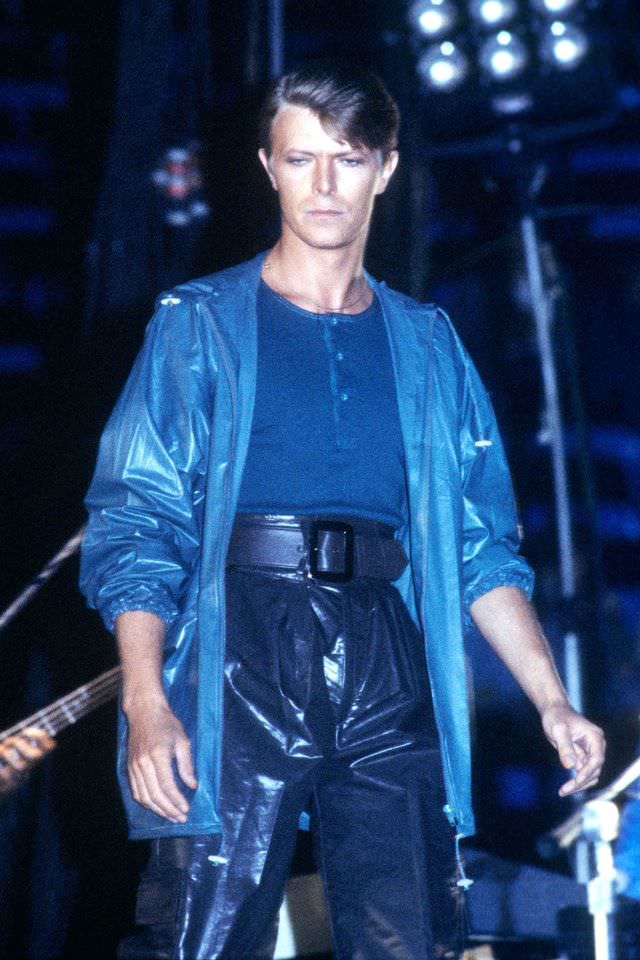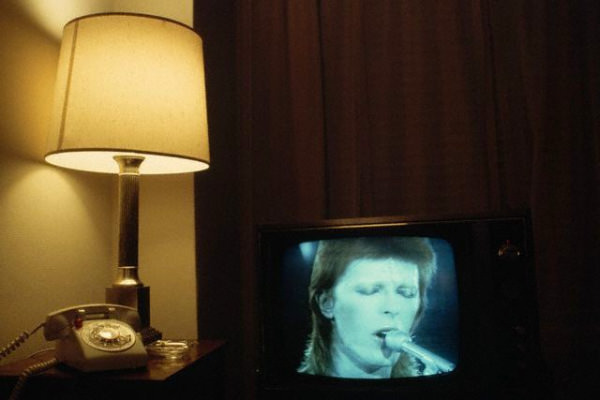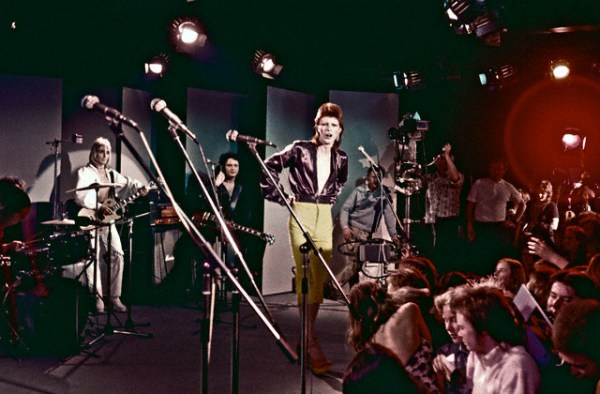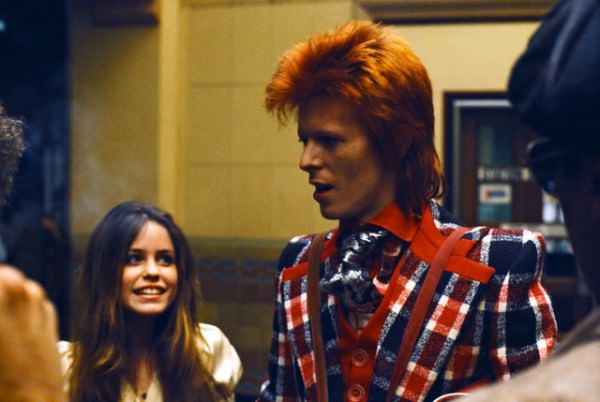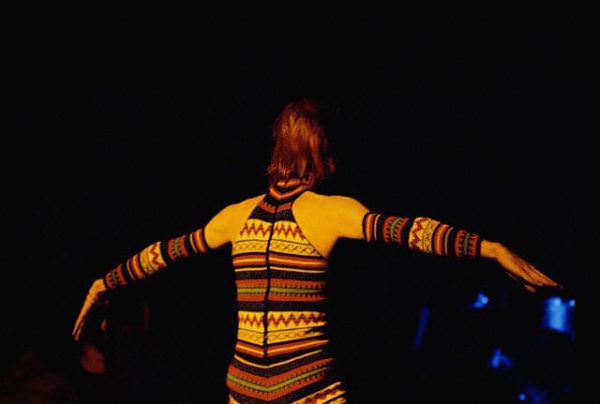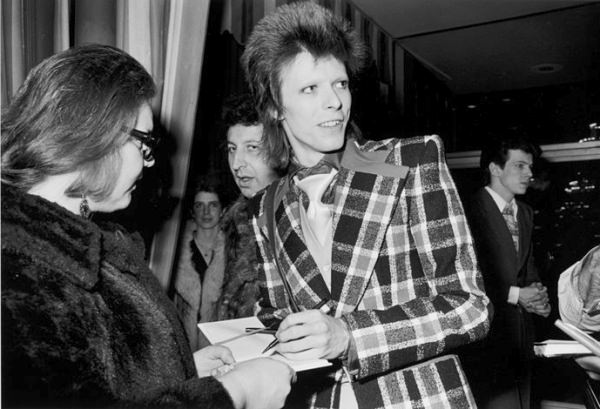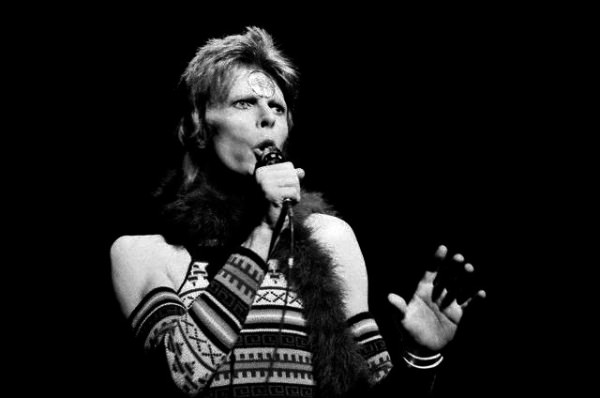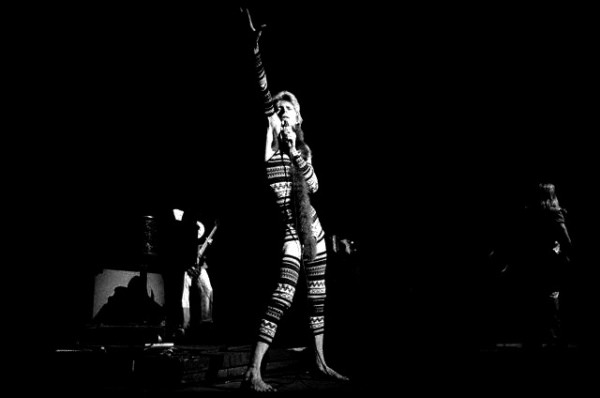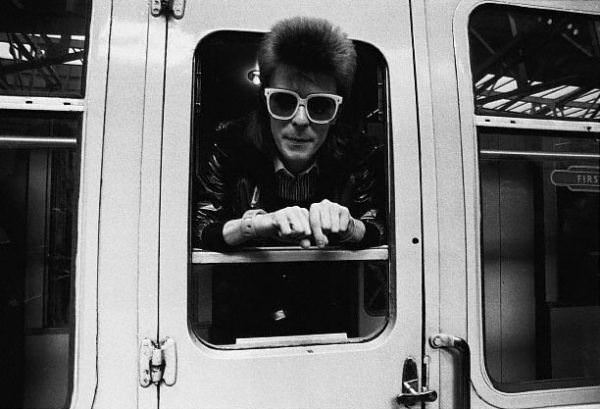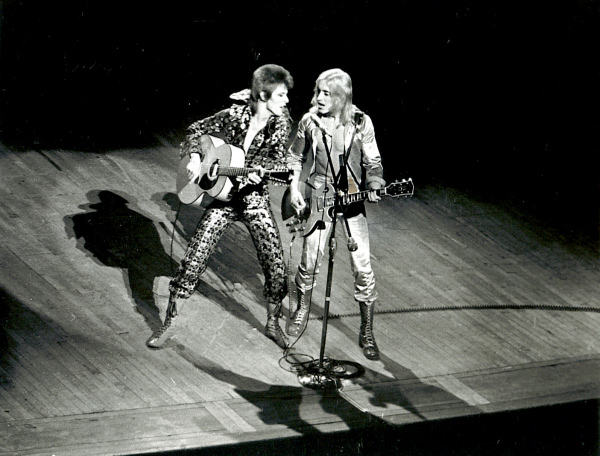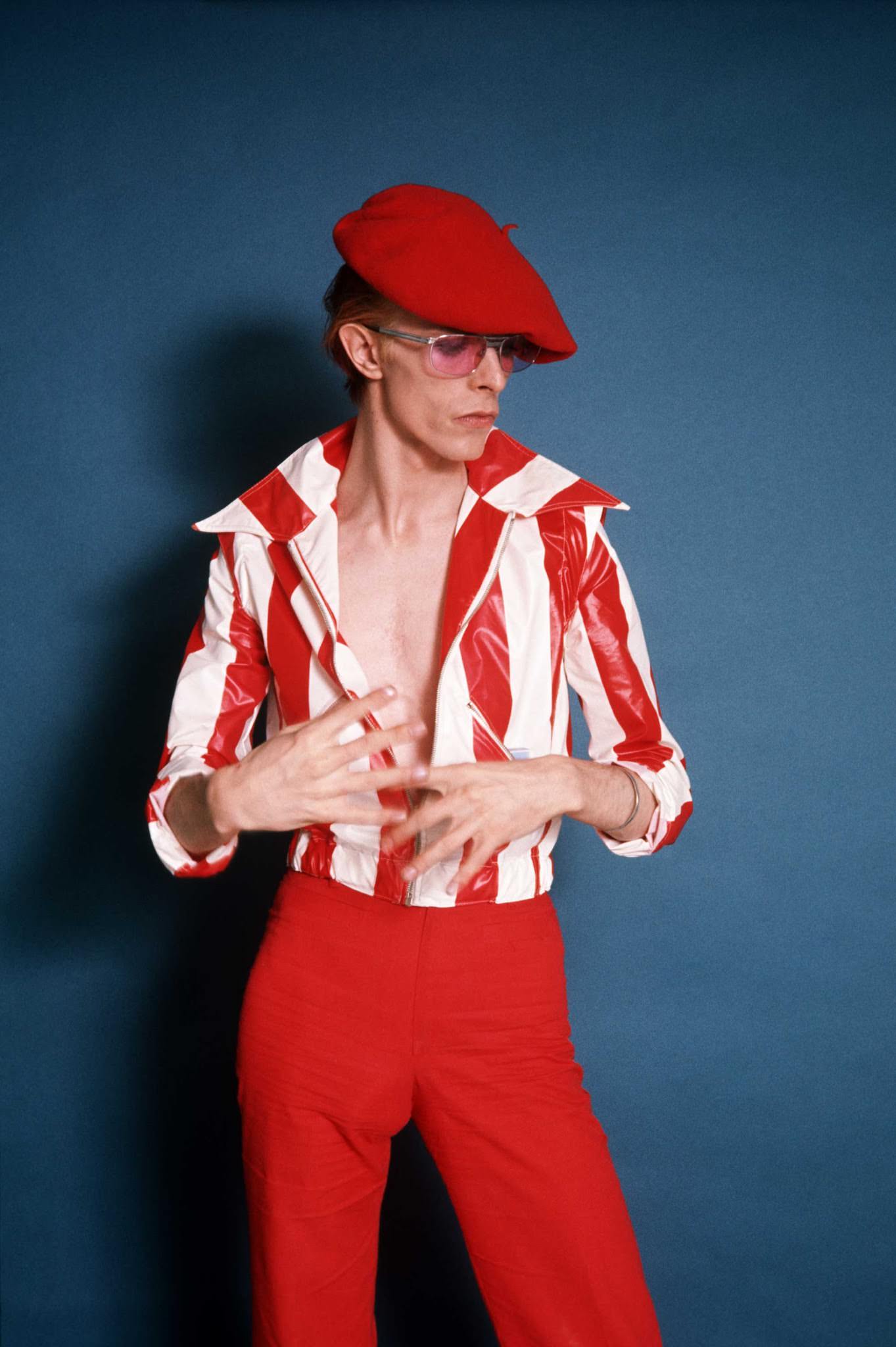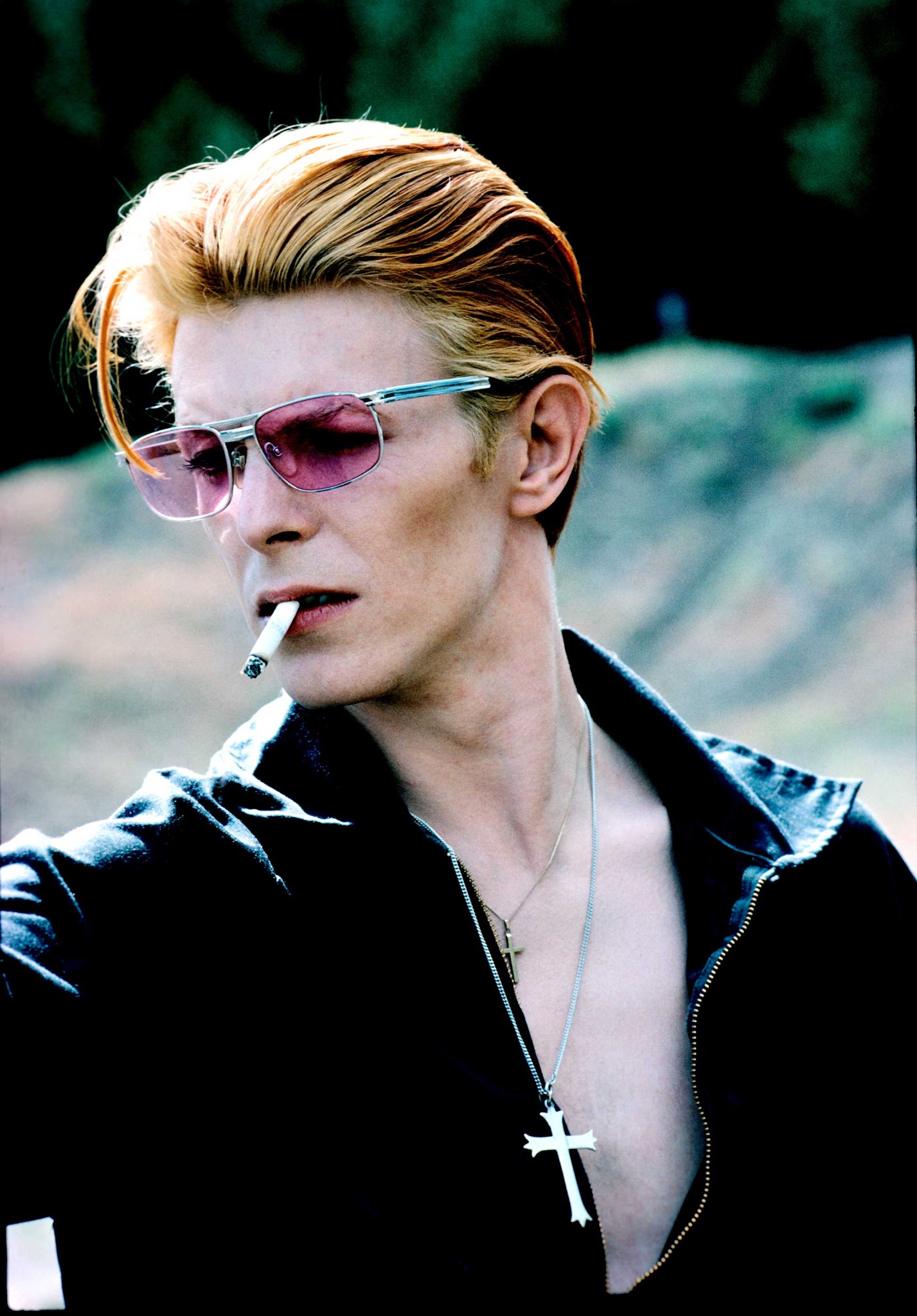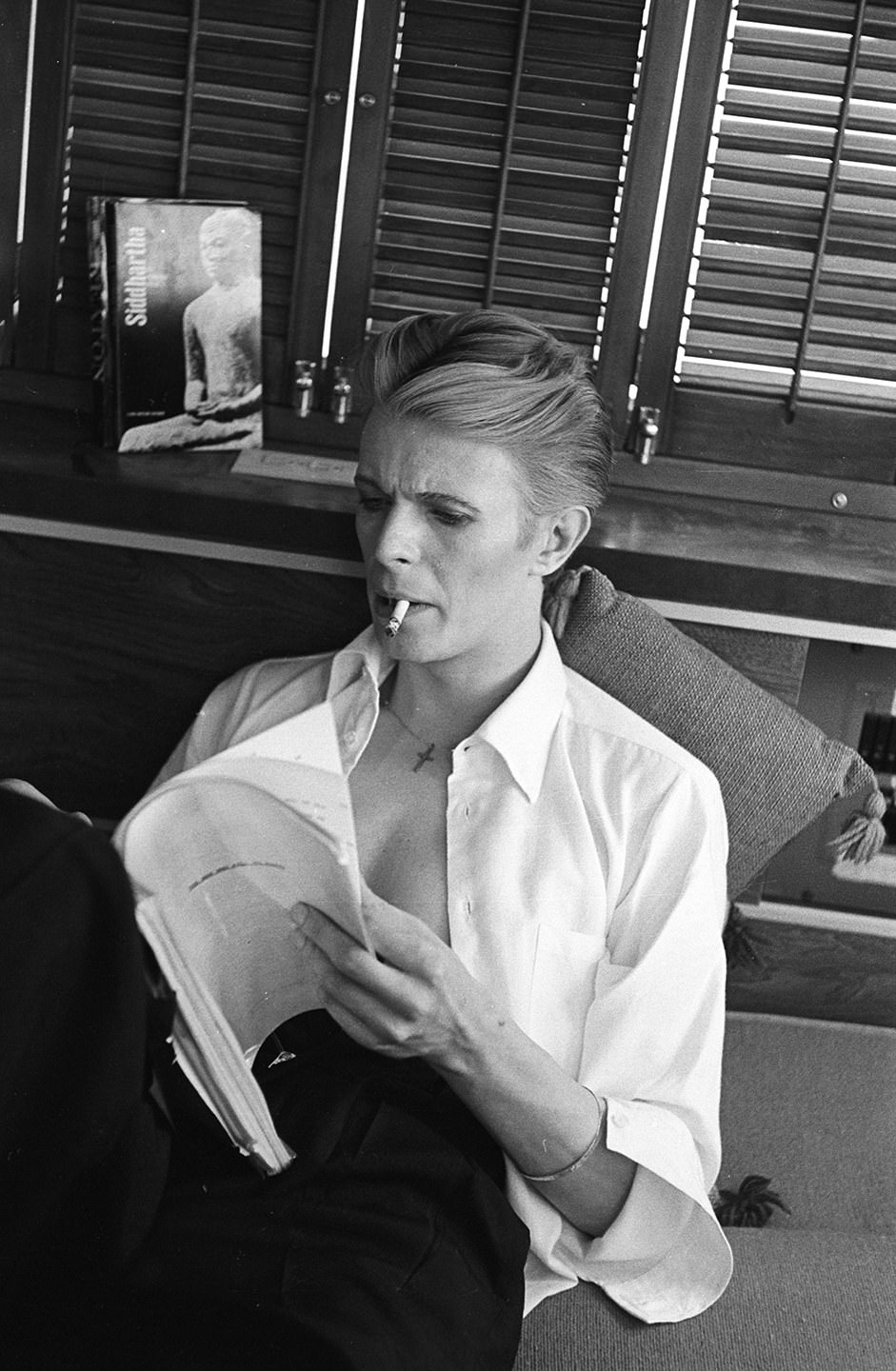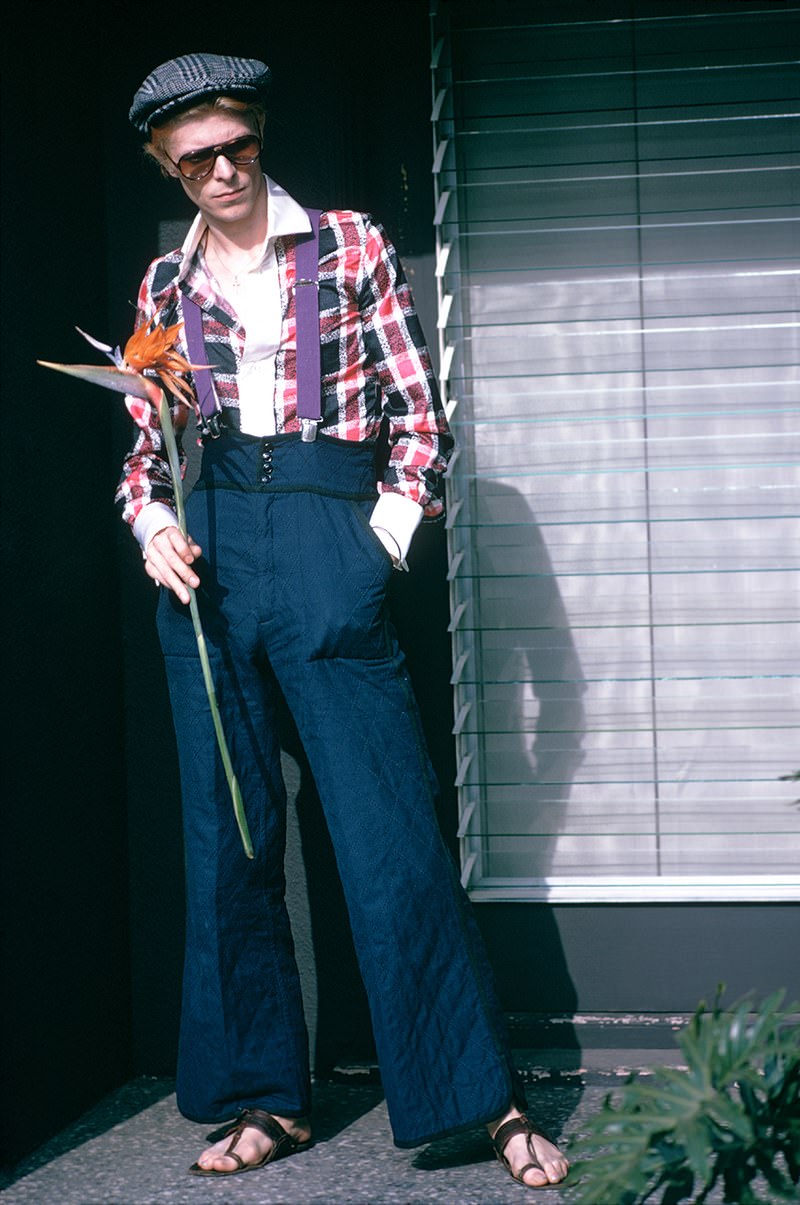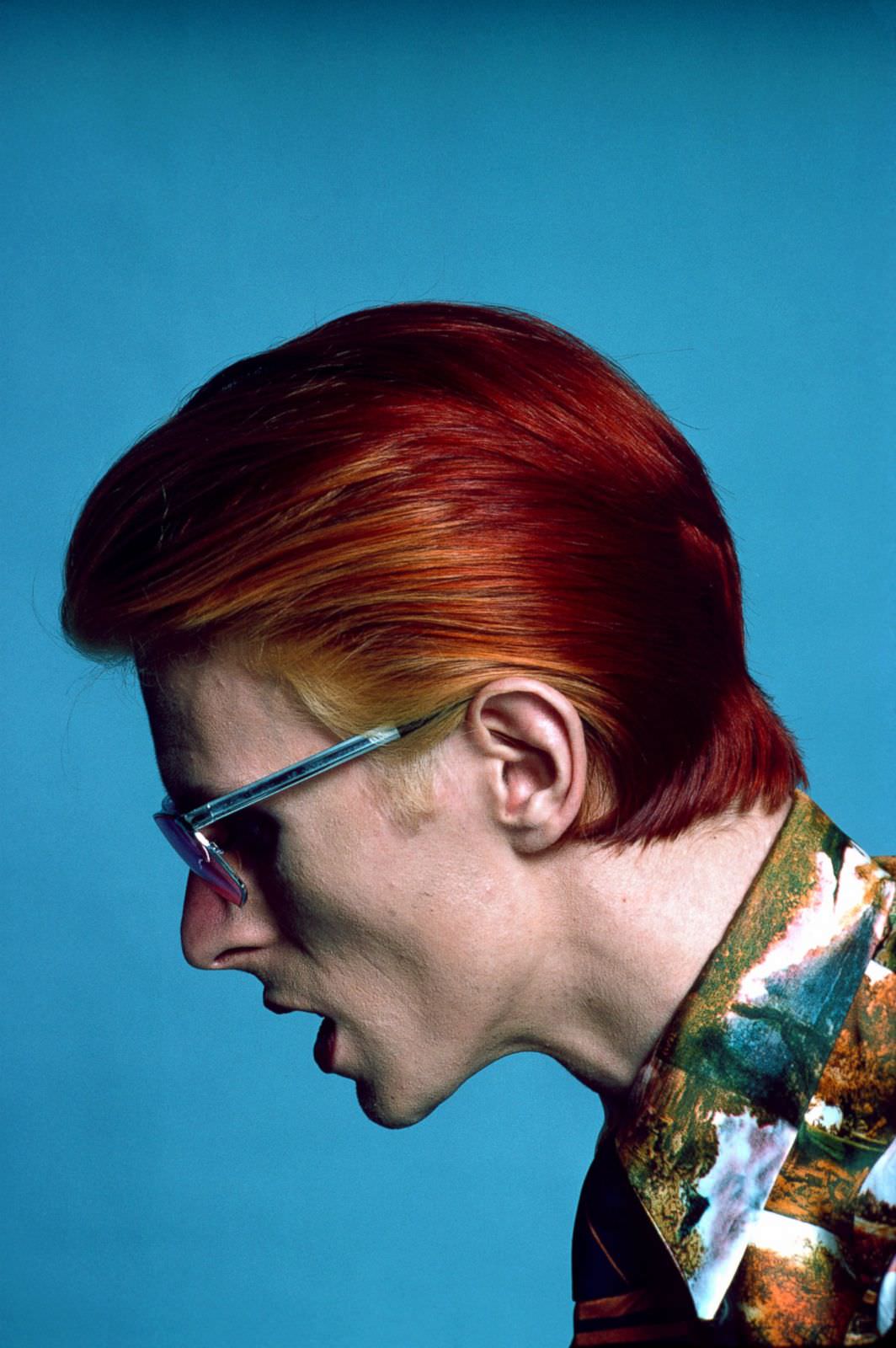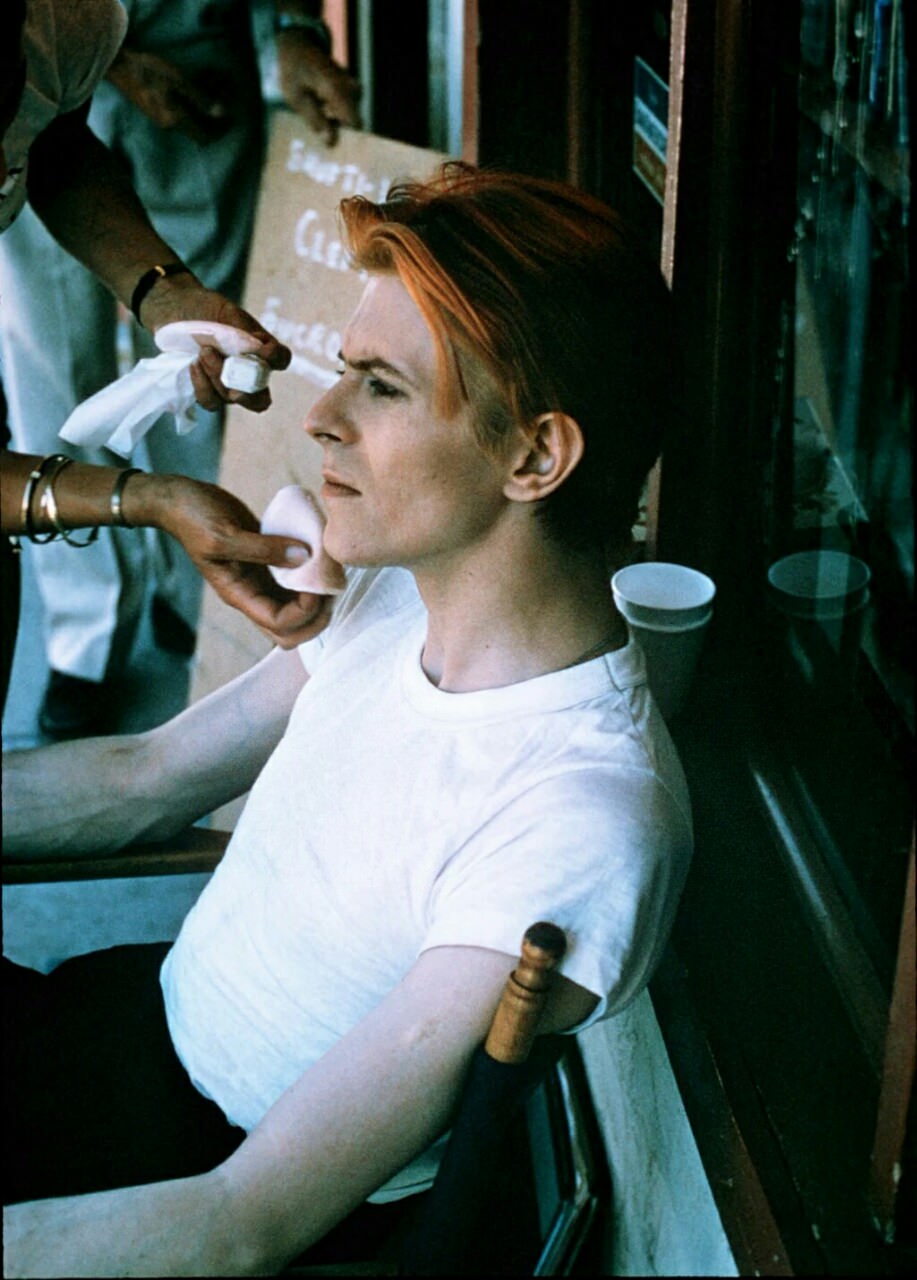David Bowie’s career in the 1970s was marked by constant change. He reinvented his music, appearance, and stage persona multiple times. His ability to evolve made him one of the most influential artists of the decade. He released several albums that shaped rock and pop music. Each album had a different sound, and his image changed with every new project.
Early 1970s: The Rise of Ziggy Stardust
At the start of the 1970s, Bowie was still looking for mainstream success. His 1969 song ‘Space Oddity’ had been a hit, but his following albums struggled. In 1971, he released ‘Hunky Dory’, which showed a more melodic and experimental style. The album included ‘Changes’ and ‘Life on Mars?’, which later became classics.
In 1972, Bowie introduced Ziggy Stardust, an androgynous rock star from another planet. The album ‘The Rise and Fall of Ziggy Stardust and the Spiders from Mars’ made him famous. His live performances as Ziggy were theatrical. He wore colorful jumpsuits, bright makeup, and dyed his hair bright red. Fans were captivated by the character. Songs like ‘Starman’ and ‘Suffragette City’ became popular. His band, the Spiders from Mars, included guitarist Mick Ronson, whose playing added a hard rock edge.
Read more
Bowie’s live shows became wild. He made dramatic gestures, posed suggestively, and even pretended to perform sexual acts on Mick Ronson’s guitar. The act was controversial but made him more famous. He also gave shocking interviews where he hinted at being bisexual. His openness about sexuality was rare at the time and added to his rebellious image.
By 1973, Bowie was exhausted from playing Ziggy. The character had taken over his life. In July of that year, he surprised his fans by killing off Ziggy Stardust during a concert in London. He announced that the show was his last as Ziggy. The decision shocked his band, who had not been warned in advance.
Mid-1970s: The Thin White Duke and Experimentation
After retiring Ziggy, Bowie quickly moved on. His next album, ‘Aladdin Sane’ (1973), was harder and more aggressive. It featured ‘The Jean Genie’ and ‘Drive-In Saturday’. He followed it with ‘Pin Ups’, an album of cover songs from the 1960s.
In 1974, he released ‘Diamond Dogs’. It was influenced by George Orwell’s ‘1984’ and had a darker, dystopian theme. Songs like ‘Rebel Rebel’ and ‘Diamond Dogs’ became hits. Around this time, Bowie moved to the U.S. and changed his style again. His ‘Diamond Dogs’ tour introduced a theatrical stage setup with elaborate sets and special effects.
Bowie then embraced soul and funk music. His 1975 album ‘Young Americans’ had a different sound. It featured backing vocals from Luther Vandross and had a polished, groovy feel. The title track and ‘Fame’, which he co-wrote with John Lennon, became big hits. ‘Fame’ reached No. 1 in the U.S., marking Bowie’s breakthrough in America.
By 1976, Bowie adopted another persona: The Thin White Duke. He dressed in elegant suits and had slicked-back blonde hair. His music also changed. His album ‘Station to Station’ was a mix of funk, electronic, and rock influences. The title track was long and hypnotic, while ‘Golden Years’ had a catchy, danceable groove.
At this time, Bowie’s life was chaotic. He lived in Los Angeles and struggled with drug addiction, especially cocaine. His interviews were strange, and he made controversial statements. He later admitted that he barely remembered recording ‘Station to Station’ because of his drug use.
Late 1970s: The Berlin Trilogy
Bowie left Los Angeles in 1976 and moved to Berlin to escape his drug problems. He wanted a fresh start. He lived in a small apartment and kept a low profile. During this time, he collaborated with musician Brian Eno. Together, they created three albums known as the ‘Berlin Trilogy’: ‘Low’ (1977), ‘Heroes‘ (1977), and ‘Lodger’ (1979).
These albums were experimental. They mixed electronic music with rock and ambient sounds. ‘Low’ had long instrumental tracks influenced by German electronic bands. “Heroes” featured the famous title track, which became one of Bowie’s signature songs. ‘Lodger’ was more accessible and included ‘DJ’ and ‘Boys Keep Swinging’.
Bowie also worked with other artists in this period. He helped produce Iggy Pop’s albums ‘The Idiot’ and ‘Lust for Life’. He also co-wrote and played on several of the songs.
During this time, Bowie also changed his appearance again. He abandoned the Thin White Duke look and adopted a more casual, European style. His performances became more focused on music rather than theatrical personas.
In 1979, Bowie released ‘Lodger’, completing the ‘Berlin Trilogy’. He also appeared on ‘Saturday Night Live’, performing in strange costumes and using mannequins as props. His 1970s era was coming to an end, but he had already cemented himself as one of the most creative artists of the decade.


